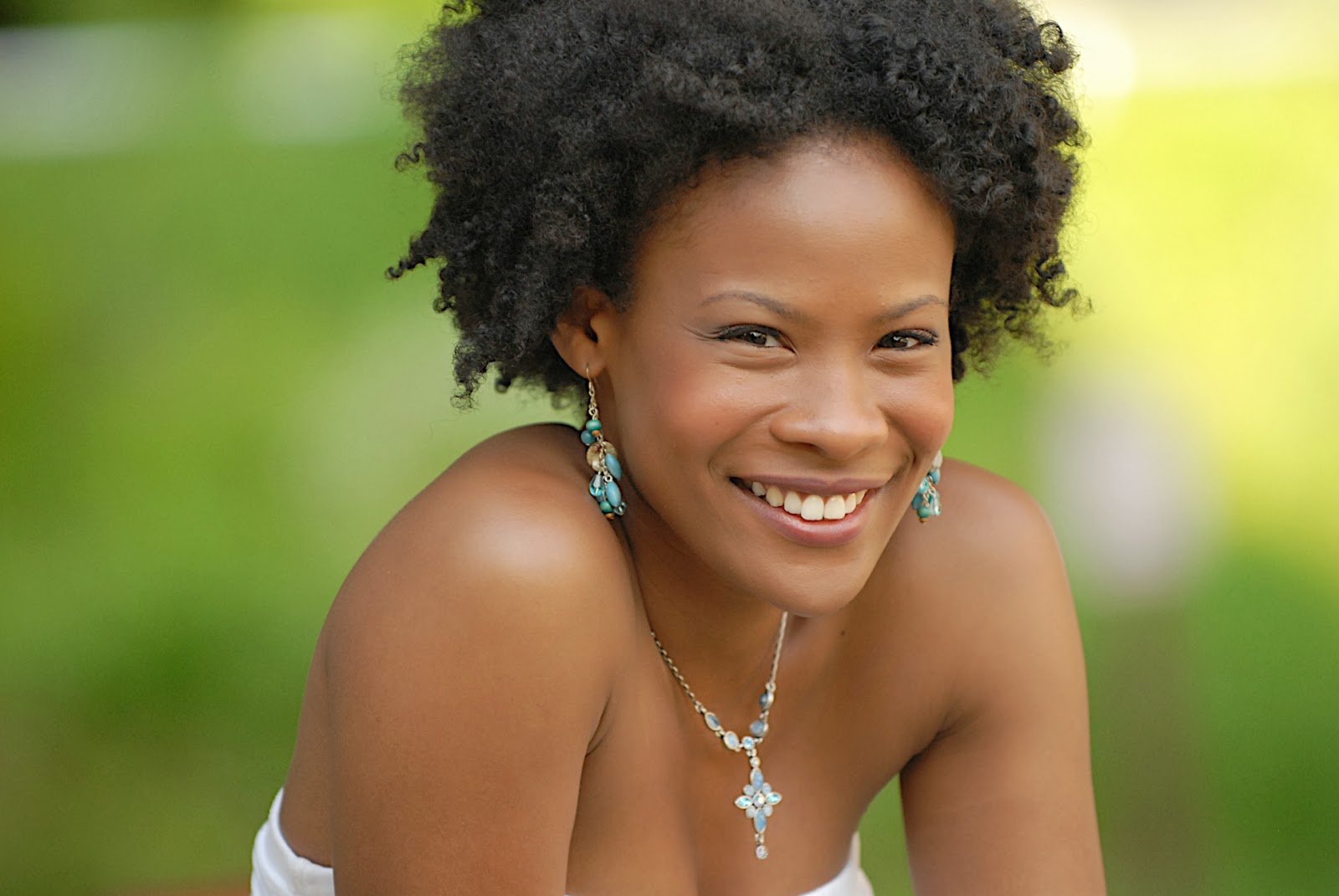All the world’s cameras, films and other photographic equipment are no more than tools for making landscape pictures. Cameras don’t think for themselves. Whether we use digital or film camera, the same photographic principles apply.
We don’t have to stick to many rules to produce great landscape images, but knowing what they are will make your pictures more successful. There are two salient points in landscape photography: how to compose your image, and how to use available natural light in any given situation.
Lets start off with light: There are three basic qualities of light: intensity, direction and colour.
Intensity: refers to the strength of light. If the sun is high in the sky, light can be harsh and too strong. Cloudy days bring soft and defused light.
Direction: this refers to light placement. There are three categories of light placement: front, back and side-lighting. Side lighting produces more texture between light and shade.
Colour: the colour of sunlight varies depending upon conditions and time of day. If the sun shines at the beginning or the end of the day, the colour of the light will be much warmer, and will lead to a much more dramatic scene.
Understanding natural light will develop your ability to see. You will start to see the beauty of light in a different and exciting way.
In landscape photography it is very important to take care with composition. A normal scene can be transformed by paying close attention to detail. Composition is all about how you arrange the elements in front of you.
Here are a few ideas in which you may find useful.
Lead with lines: To lead with lines into the main part of the scene will draw your viewer into your image. These lines don’t have to be straight. Lines, such as tracks, riverbanks or fences, may work successfully.
Foreground interest: Simple foreground objects can give your landscape a greater sense of depth. Use a small aperture (f/22) to keep the entire scene in focus.
Natural frames: Frame your scene with the elements all around you. This will focus attention on the main part of the picture. Trees make great natural frames.
These are just a few essential guidelines, and combined with a good eye, you have all you need to get the best out of photography - especially landscape photography. These are just a few rules to get you started, but like all rules, they are there to be broken.
How To Take The Most
Clear, Breathtaking, Majestic
and Powerful Landscape Photos….. Click Here







